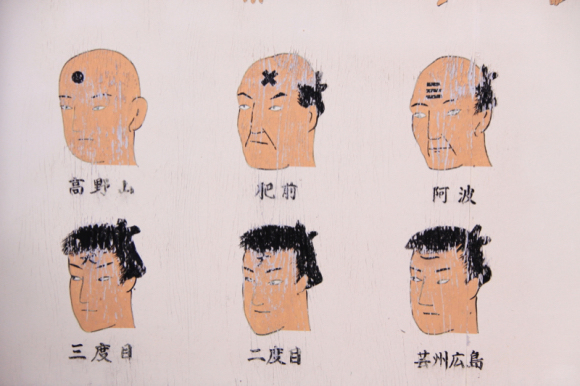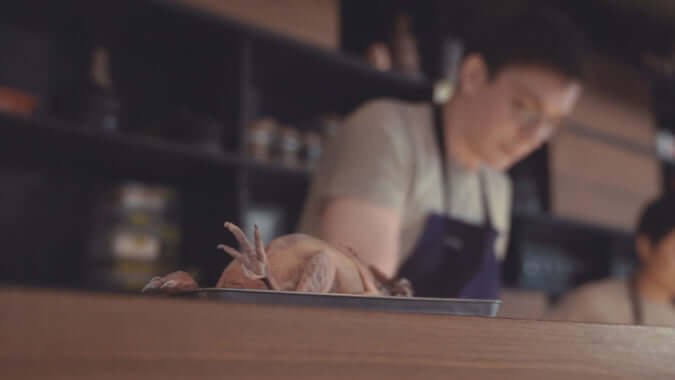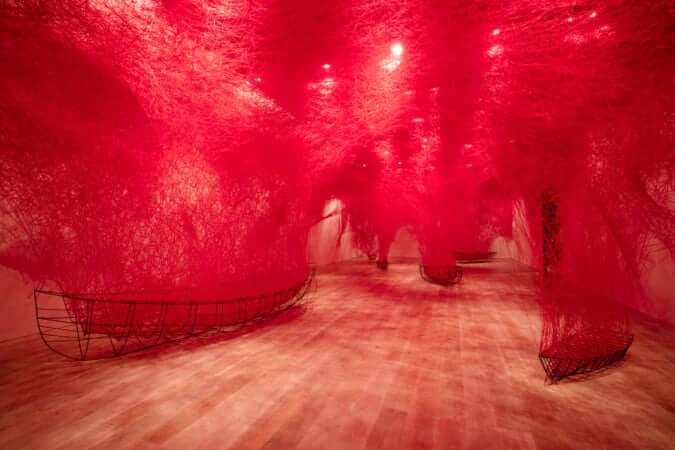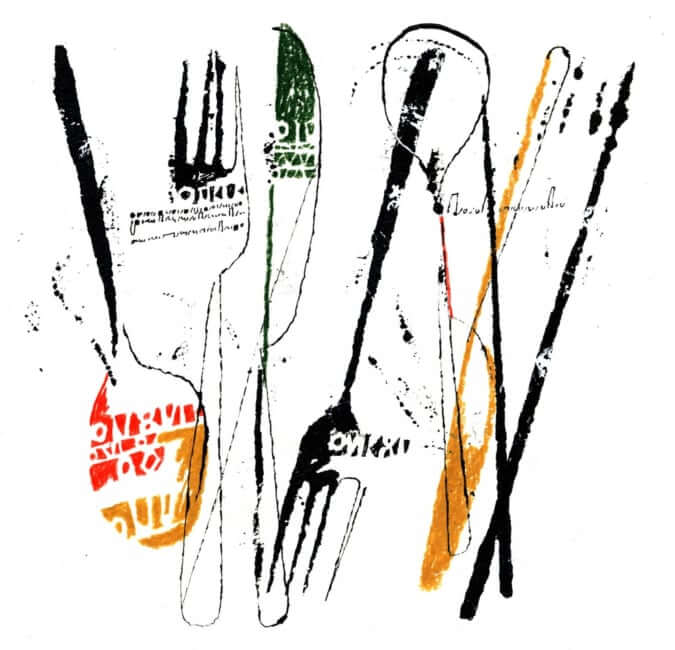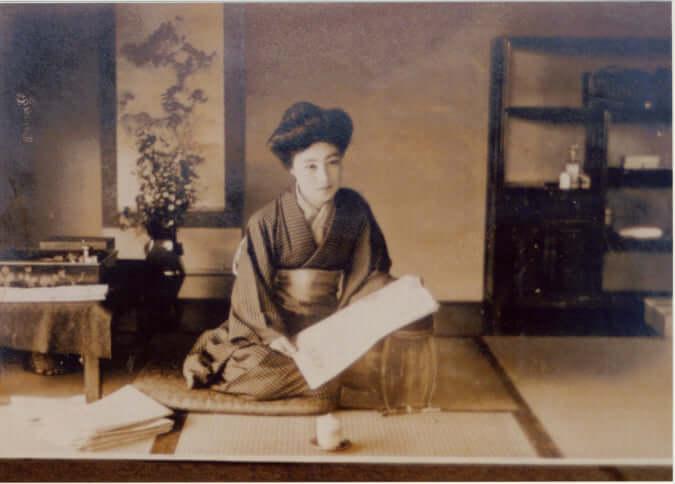Onomichi, the City that Time Forgot
Spared by both time and mass tourism, the town, situated beside the Seto Inland Sea, has preserved its charm.
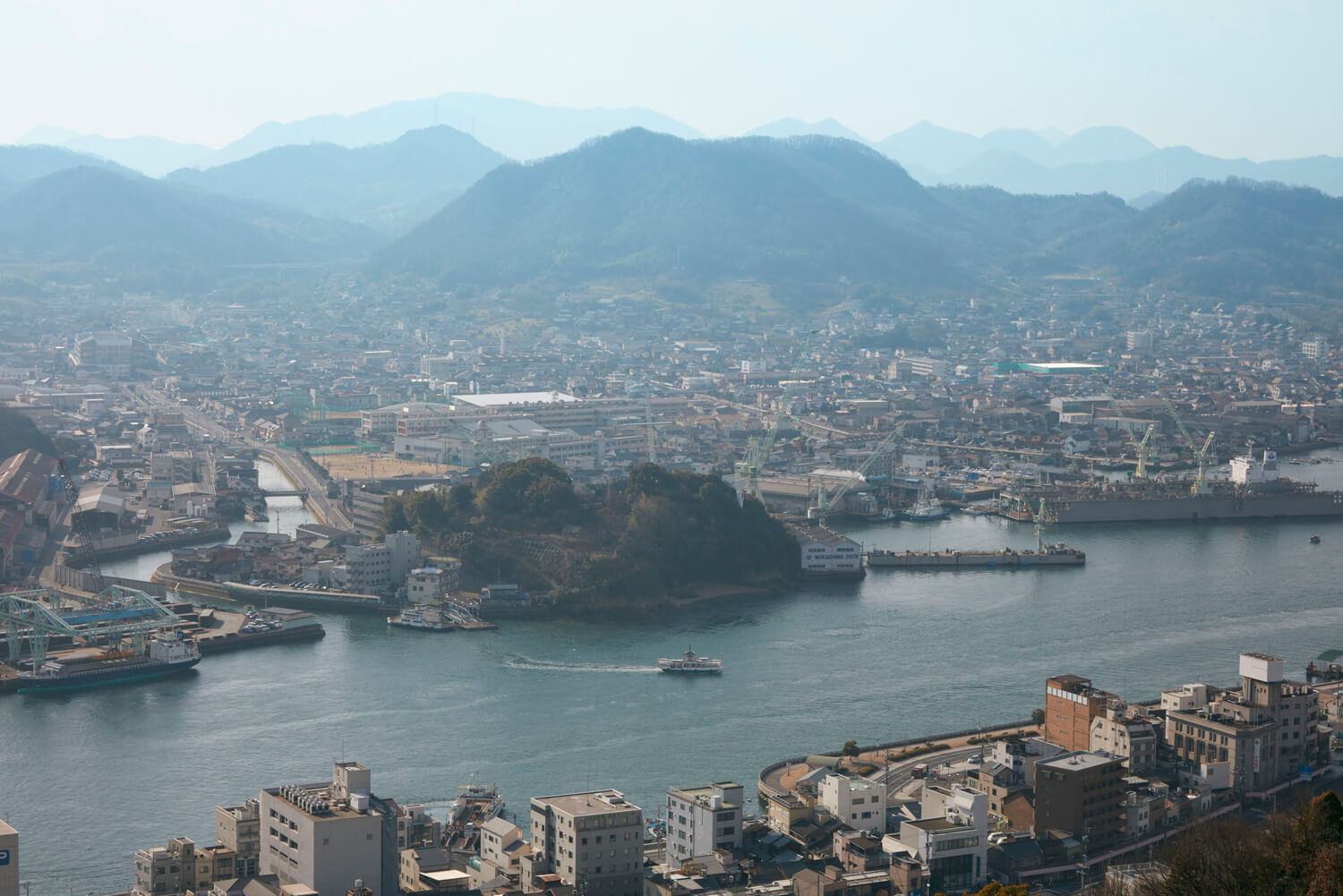
©JNTO
With its numerous temples, the hilly town of Onomichi has earnt the nickname of ‘little Kyoto of Setouchi’. Of the 80 original sacred buildings, just 25 remain, all of which can be found along the same path. The 2.5-km long trail winds up the hill that overlooks the town. One of the most curious temples is Saikokuji, with its 2-metre-high pair of sandals nailed to the door as an offering to the gods. At the top of the climb lies the town’s art museum, an architectural gem praised by Tadao Ando himself. Not far from here lies Senko-ji park which is popular in all seasons, in spring for its flowering cherry trees and in autumn for its chrysanthemum festival. Its main attraction, however, is its observation platform, which offers a bird’s-eye view over Seto bay and its surroundings.
To continue the visit, another hike starts from the park and once again showcases the town’s artistic leanings. The literary trail pays homage to Japan’s greatest writers with stones engraved with poems and extracts from novels. Onomichi has always inspired artists thanks to its gentle sense of nostalgia and picturesque charm. Filmmaker Yasujiro Ozu chose the town as the setting for his famous Tokyo Story. German director Wim Wenders visited in 2005, wandering the charming streets where cats stretch out across the doormats of local cafés. The trip resulted in a photographic work entitled Journey to Onomichi.
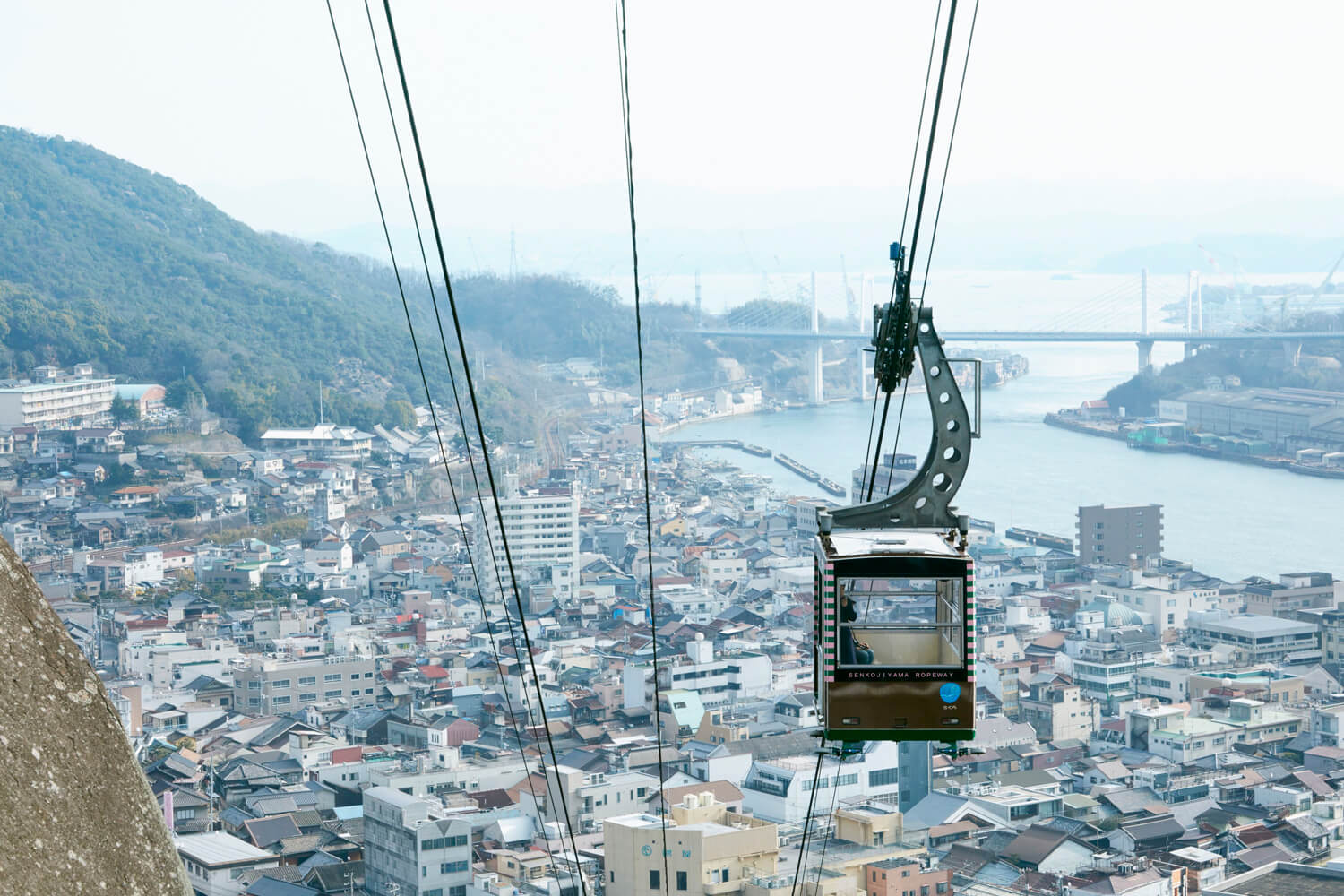
©JNTO
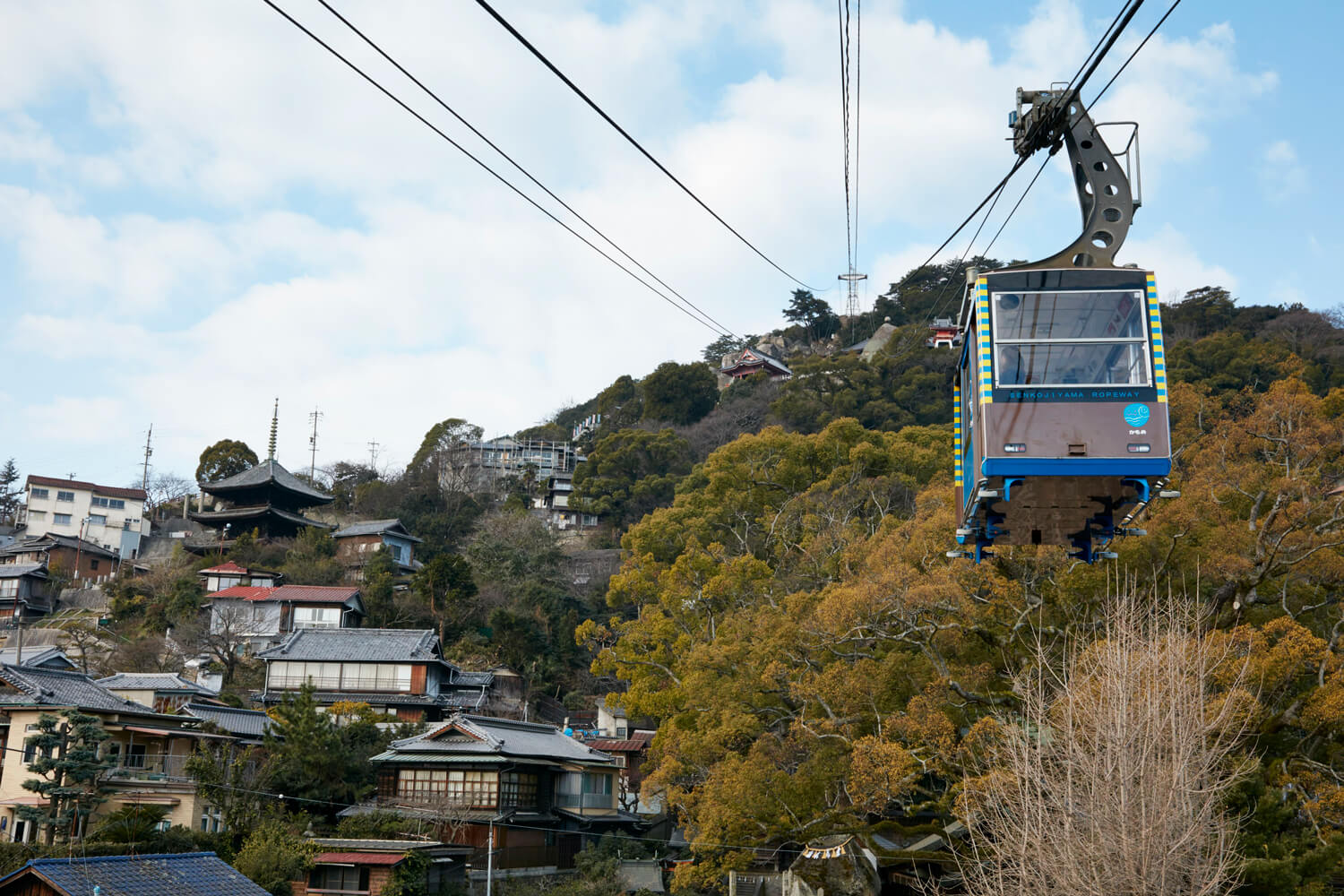
©JNTO
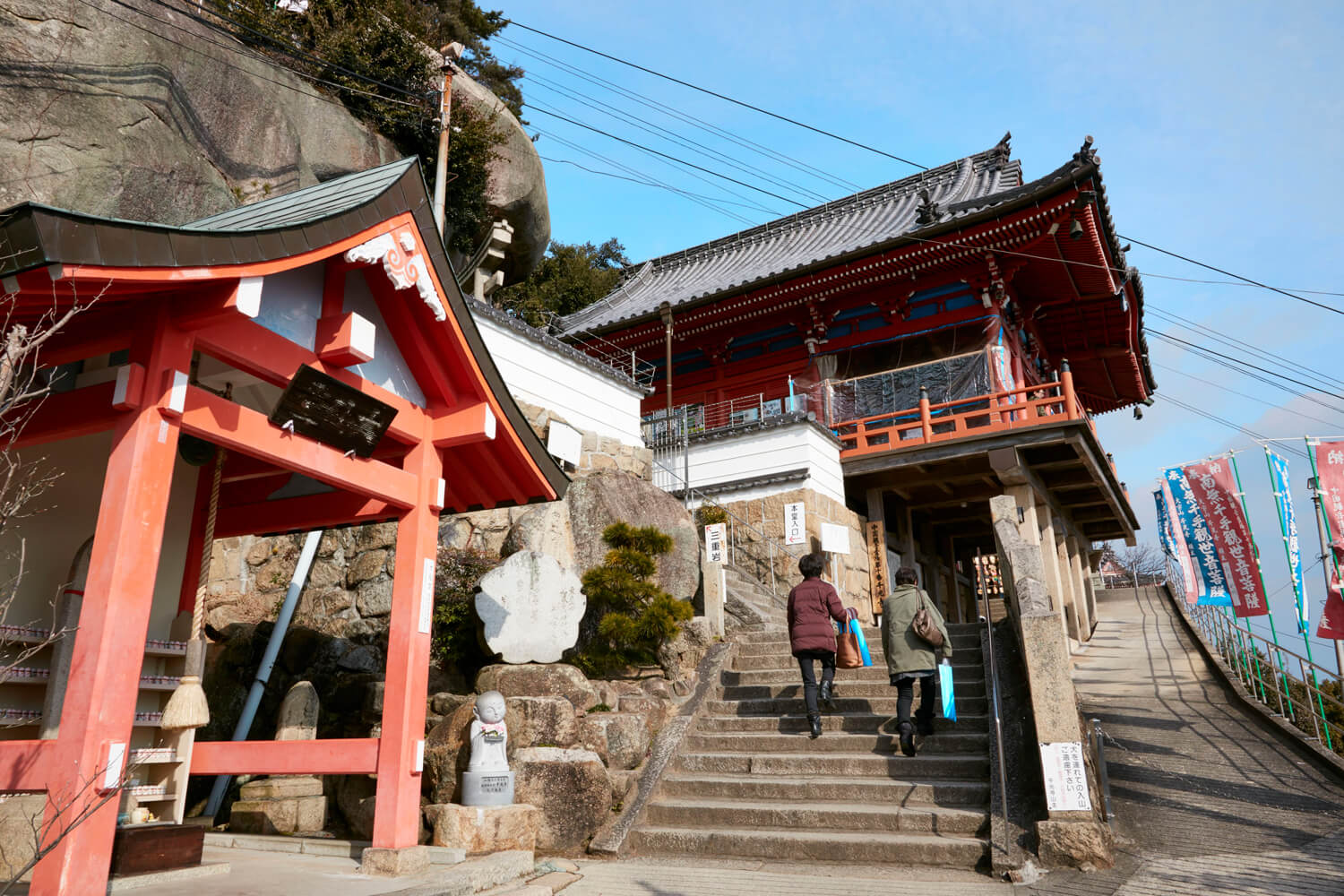
©JNTO
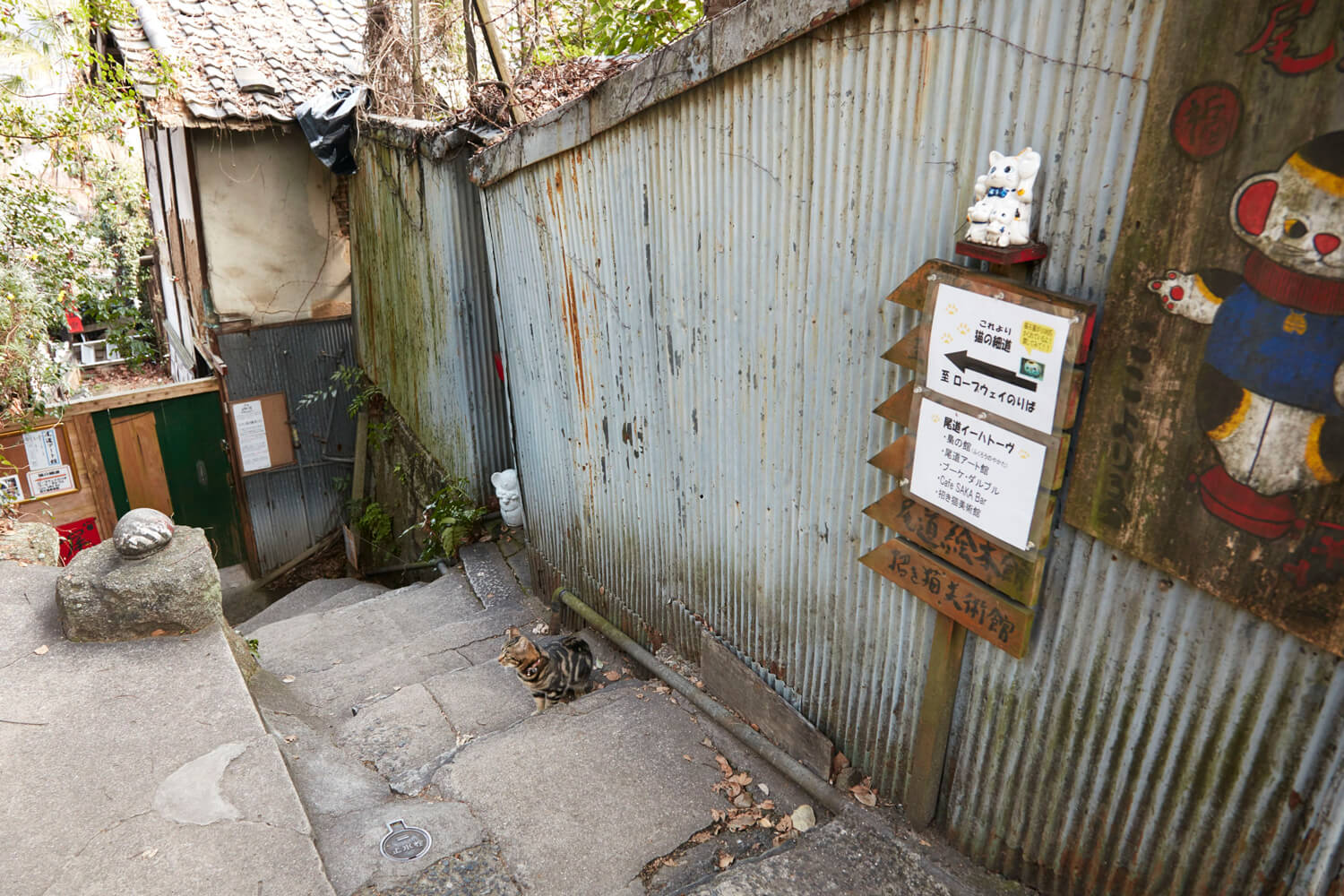
©JNTO
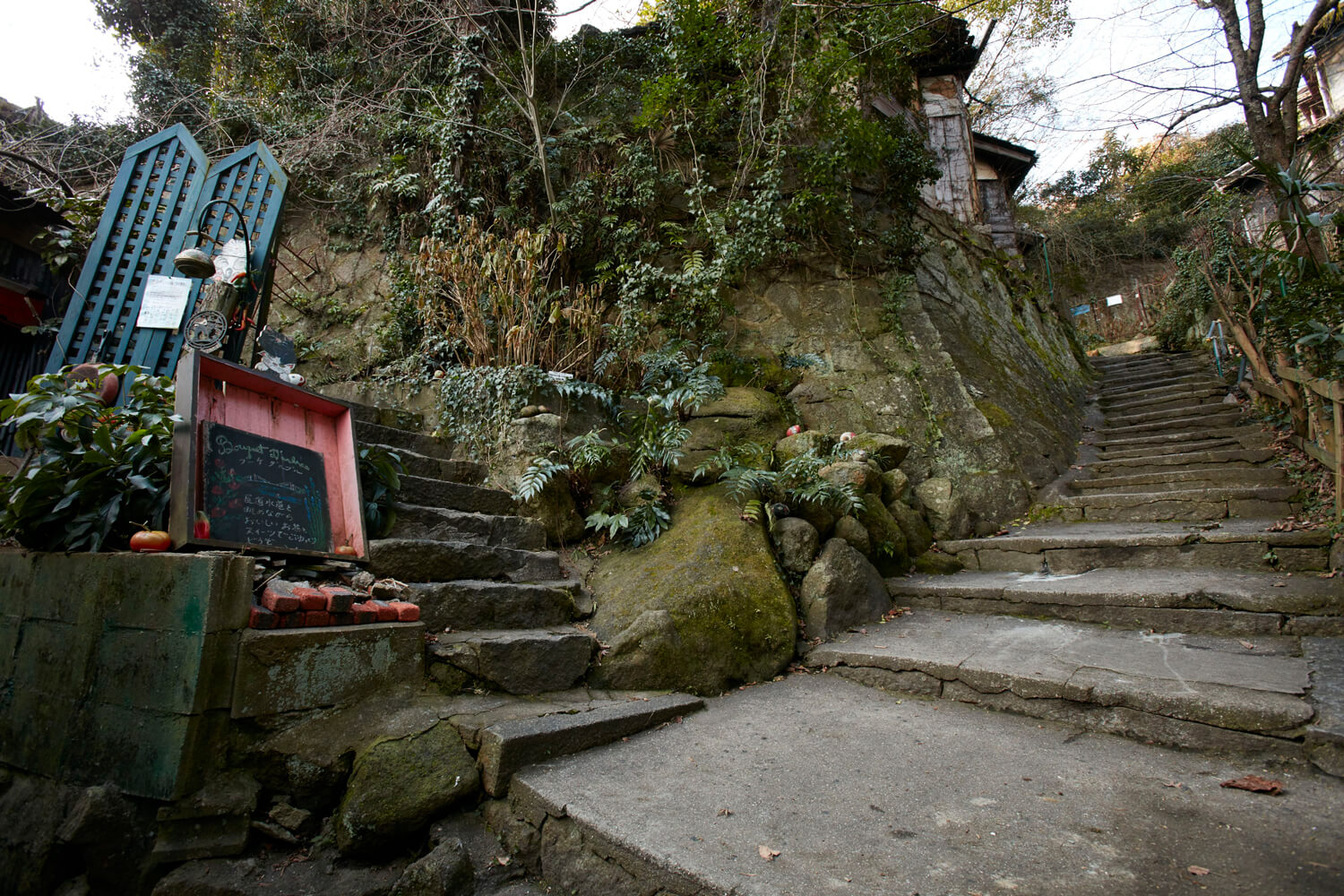
©JNTO
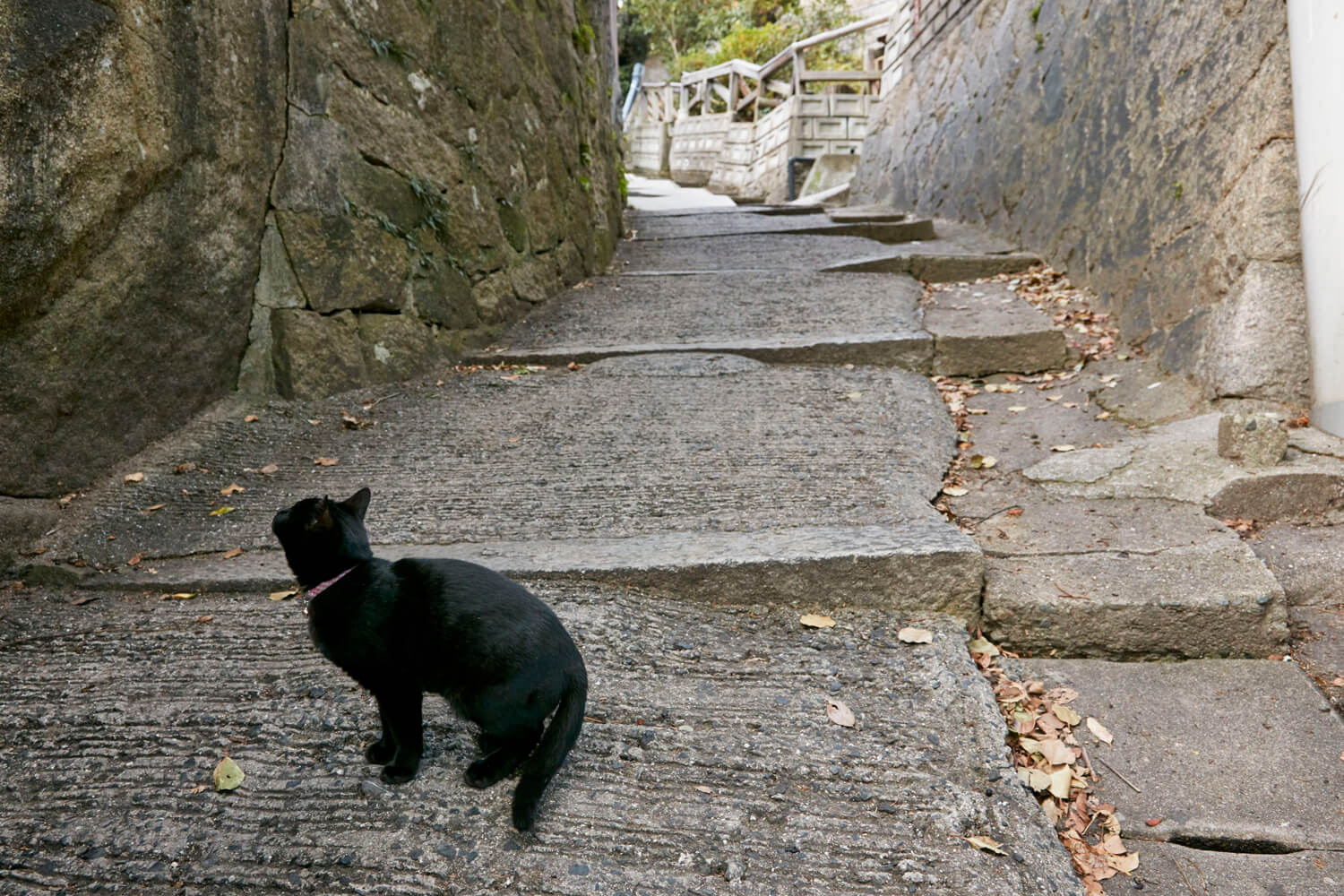
©JNTO
TRENDING
-
The Tattoos that Marked the Criminals of the Edo Period
Traditional tattoos were strong signifiers; murderers had head tattoos, while theft might result in an arm tattoo.

-
Paris, Tokyo: Robert Compagnon
With his co-chef and talented wife, Jessica Yang, Robert Compagnon opened one of the top new restaurants in Paris: Le Rigmarole.
 3:31
3:31 -
Chiharu Shiota, Red Threads of the Soul
Last year, more than 660,000 people visited the retrospective 'Chiharu Shiota: The Soul Trembles' exhibit at the Mori Art Museum.

-
‘Before Doubting Others, Doubt Yourself. Who Can Truly Say a Dish Isn’t What It Used to Be?’
In ‘A Non-Conformist’s Guide to Surviving Society’, author Satoshi Ogawa shares his strategies for navigating everyday life.

-
The Story of Sada Yacco, the Geisha who Bewitched Europe
Described by Dazed magazine as the first beauty influencer, she has been restored to her former glory since 2019.

